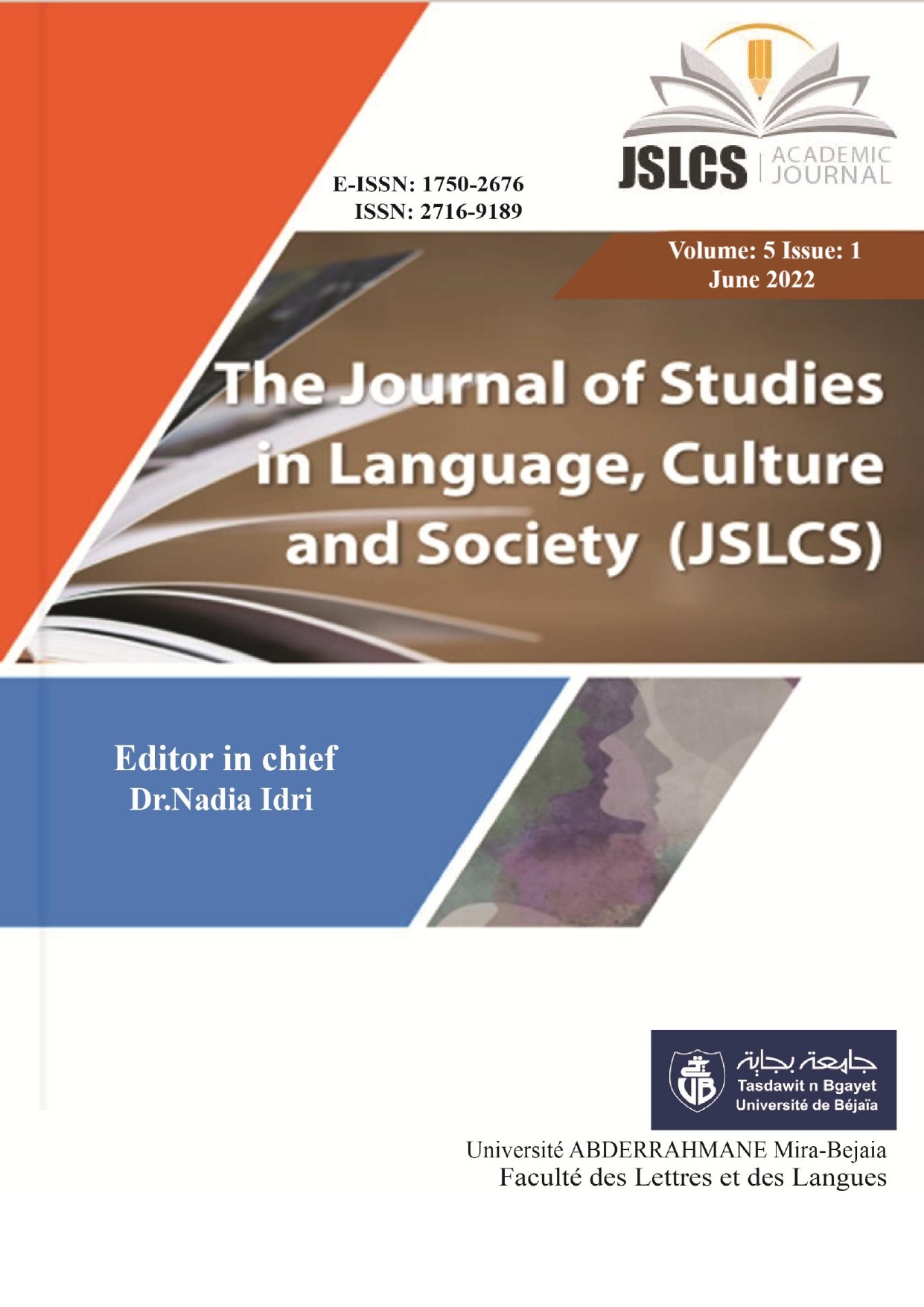The Symbolism Of Animals And Their Relationship To Humans In The Civilization Of Kurdistan- Iraq/ Mesopotamia
Keywords:
Mesopotamia, Symbolism, ancient civilization, Animals, Humans, Magical RitualAbstract
The natural environment in the ancient civilization of North Mesopotamia was one of the factors affecting the evolution of the beliefs and rituals of its population. The animals that accompanied ancient humans during the course of their lives in the periods of the Stone Ages (between the food gathering stage and the food producing stage) have influenced humanity and gained our respect because of their contribution to an important symbiotic relationship. This relationship is all the more powerful since animals resemble humans in terms of biological characteristics such as organs, limbs, head, eyes, and the senses. It is well-known that the cave human and the first villagers co-existed with animals such as mountain goats, which lived on natural pastures in the coastal areas and semi-mountainous regions. But the relationship between humans and animals took on a special character after humanity’s transition from primitive life to the more civilized urban existence. Archaeological evidence suggests that it is possible and highly likely that the civilization of North Mesopotamia actively engaged in the sanctification of distinctive species of animals, leading to the emergence of religious rituals related to certain animals since the tenth millennium B.C. The following are aspects of these rituals relating to human belief and thought, which connect the co-existence of animals and humans in the civilization of ancient North Mesopotamia.
References
- English References
Abu Al-Soof B. (1969). Excavation at tell Qalinj Agha- Erbil. Sumer , 25, 3–42
Diana, K. (1975). Umm Dabbaghiyah: Fourth preliminary 1974. IRAQ, 37(1), 3-10.
Goff, B. L. (1963). Symbols of prehistoric Mesopotamia. Yale University
Fales, M. F. et al. , F. (2017). Signs before the alphabet journey to Mesopotamia at the origins of writing. Venice- Italy: Giunti Editor
Langdon , S. (1964). In the mythology of all races, I. Cooper Square Publishers Frankfort H. (1939). Cylinder Seal. London.
Gorden, V. (1935). New Light on the Most Ancient East. London: Routledge and Kegan Paul Ltd
Langdon S, in the Mythology of all Races, I, New York, 1964.
Lloyd S, F S A, Gunduk forward, Sumer, 1948, vol.4.
Curtis, J., & Lloyed, S. (1982). Fifty Years of Mesopotamian Discovery. British School of Archaeology in Iraq.
Mallowan M. E. L., & J. Cruikshank Rose, J. (1935). Prehistoric Assyria: the excavations at Tell-Arpachiyah, 1933. Oxford University Press
Merpert, N., & Munchaev, R. (1987). The Earliest Levels at Yarim Tepe I and Yarim Tepe II in Northern Iraq. Iraq, 49, 1-36. https://doi.org/10.2307/4200262
Solecki, R. , & Rubin, M. (1958). Dating of Zawi Chemi, an Early Village Site at Shanidar, Northern Iraq. Science.
Solecki , R. (1964). An Early Village Site at Zawi Chemi Shanidar. Undena Publications
Tobler A, (1950). Excavation at Tepe Gawra, 2 Levels IX – XX. Philadelphia University of Pennsylvania Press .
- Arabic references:
- ابراهيم، نعمان جمعة، تقديس الحيوانات في بلاد الرافدين، في ضوء المشاهد الفنية من الالف التاسع حتى نهاية الالف الثالث ق.م، اطروحة دكتوراه غير منشورة مقدمة الى كلية الآداب بجامعة صلاح الدين/ اربيل ،
.2009
- الامين، محمود، استكشافات اثرية جديدة في شمال العراق، مجلة سومر، عدد 4 ـ الجزء الثاني، لسنة 1948.
- باقر، طه وسفر، فؤاد، المرشد الى مواطن الاثار والحضارة، الرحلة الثالثة، مديرية الفنون والثقافة الشعبية ،بغداد ،1965.
- البرواري، حسن احمد قاسم، رموز الآلهة في منحوتات منطقة بادينان- دراسة حضارية، رسالة ماجستير غير منشورة مقدمة الى مجلس كلية الآداب – قسم الاثار بجامعة صلاح الدين ،2002.
- بوكوني، ساندر، البيئة الحيوانية لموقع ام الدباغية، تعريب: ميسون حبيب حسو، مجلة سومر، المجلد 30، لسنة
.1974
- البياتي، عبد الحميد فاضل، هيئة المنحوتات البشرية المدورة في العراق القديم، اطروحة دكتوراه غير منشورة ،جامعة بغداد،1997.
- الجادر، وليد، الانسان البدائي، مجلة الأكاديمي، العدد الاول، جامعة بغداد ،1971.
- حجارة، اسماعيل حسين، أوائل العصر الحجري المعدني في شمال بلاد الرافدين) 5800-4800 ق.م(، مجلة سومر، مجلد 52، ج1و2،2003-2004.
- سيرنج، فيليب، الرموز في الفن -الاديان-الحياة، ترجمة عبد الهادي عباس، دار دمشق، سوريا، 1992.
- صاحب، زهير وآخرون، دراسات في الفن والمجتمع، دار مجدلاوي، ع م ان، الاردن ،2006.
- صاحب، زهير، الفنون التشكيلية العراقية عصر ما قبل الكتابة، مطبعة دبي، بغداد ،2007.
- كاظم، غفران رزاق ، الطقوس في الفن العراقي القديم - تمثلات المشاهد الطقوسية على فخار العراق القديم ،رسالة مقدمة إلى مجلس كلية الفنون الجميلة بجامعة بابل ،2012 .
- لابات، رينيه، الطب البابلي والاشوري، سومر، مجلد 26، لسنة 1970.








